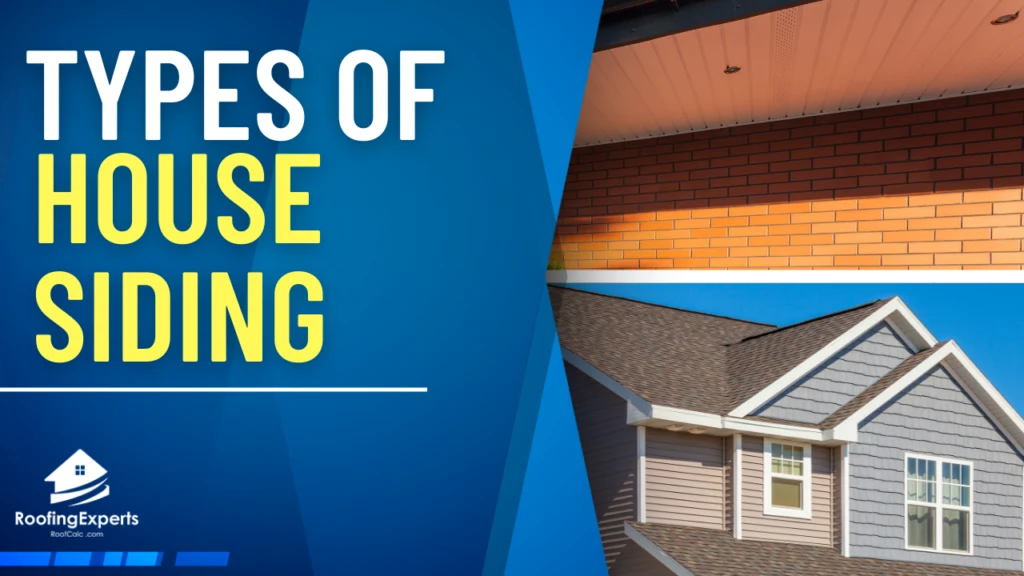
When it comes to the exterior of your home, siding plays a crucial role in both protection and aesthetics. But with so many types of house siding available, it can be overwhelming to choose the right one for your home.
Fear not, because in this article we’ll explore the most popular types of house siding, their unique benefits and drawbacks, and which type might be the best fit for your needs and budget.
Whether you’re looking for durability, energy efficiency, or simply a stylish upgrade, we’ve got you covered. So, let’s dive into the world of house siding and find the perfect match for your home!
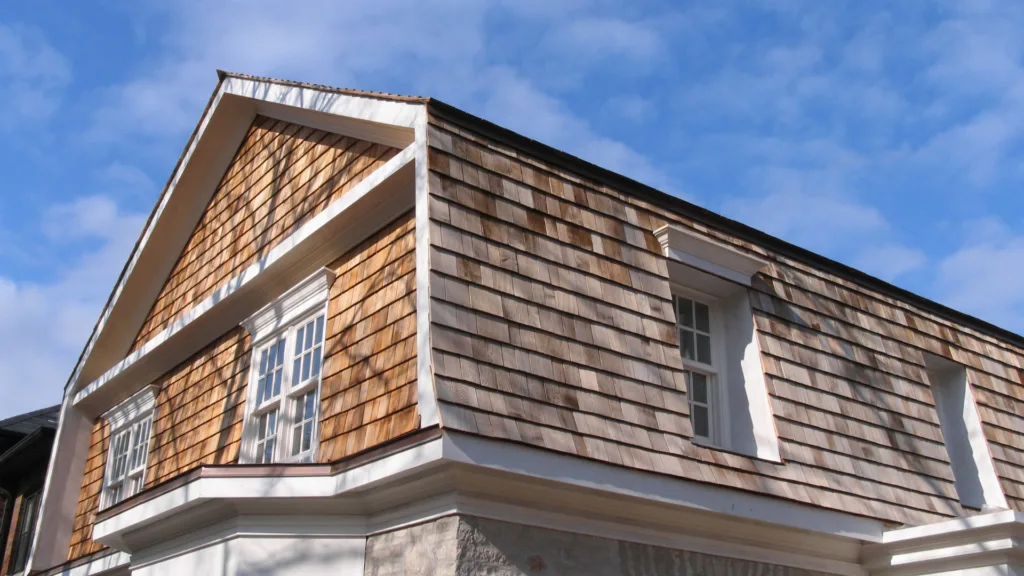
Types of House Siding
In this section, we will discuss various types of house siding options available for you to consider. The selection of siding material depends on factors such as budget, home style, and maintenance requirements.
Fiber Cement
Fiber cement siding is a durable and low-maintenance option for your home. This material is made of cement, sand, and cellulose fibers, giving it a natural, wood-like appearance without the vulnerability to pests or rot. Some advantages of fiber cement siding include:
- Fire and weather resistance
- Low maintenance requirements
- Available in various styles and colors
However, fiber cement can be more expensive and challenging to install compared to other siding options.
Vinyl
Vinyl siding is a cost-effective and low-maintenance choice for home exteriors. Some benefits of vinyl siding include:
- Easy installation and low maintenance
- Wide range of colors and styles
- Inexpensive compared to other materials
Keep in mind that vinyl siding may be less durable than other options, and it can be prone to fading or warping over time.
Wood
Wood siding offers a classic, natural appearance that can enhance your home’s curb appeal. Wood siding options include:
- Cedar
- Pine
- Redwood
- Spruce
Wood siding does require regular maintenance, such as painting or staining, to protect it from the elements and ensure its longevity.
Metal
Metal siding, usually made from aluminum or steel, offers a modern and durable option for home exteriors. Some advantages of metal siding include:
- Fire and weather resistance
- Low maintenance requirements
- Environmentally friendly, as it can be recycled
Metal siding can be more expensive than other materials, and it may be prone to denting or scratching.
Brick
Brick siding offers a timeless, elegant look for your home. It is long-lasting and energy-efficient. Some benefits of brick siding include:
- Fire and weather resistance
- Pest resistance
- Low maintenance requirements
Brick siding can be more expensive, and installation requires a skilled mason.
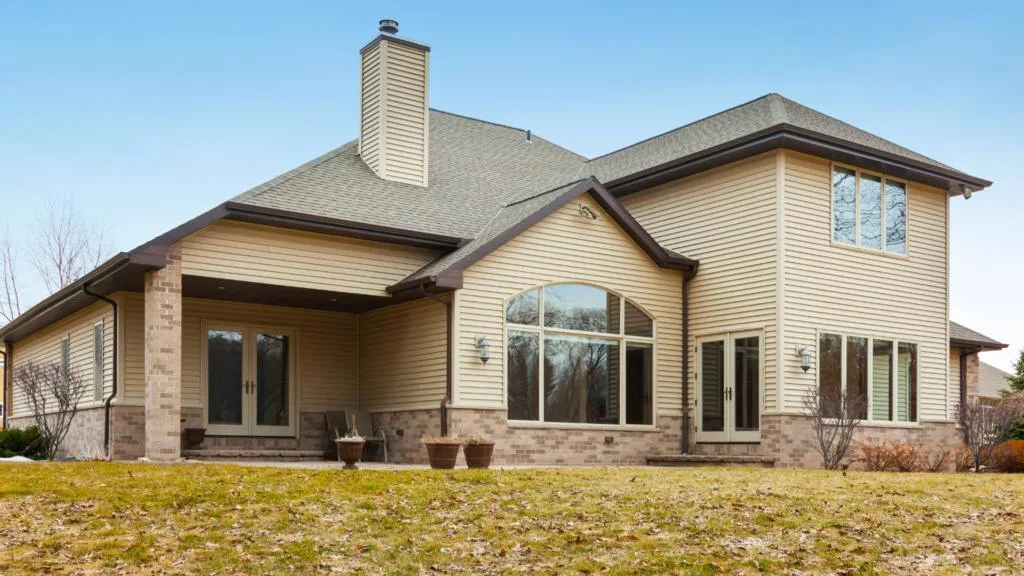
Stone Veneer
Stone veneer siding provides the look of natural stone without the high cost or weight. Some advantages of stone veneer siding include:
- Durable and low-maintenance
- Wide range of styles and colors
- More affordable than natural stone
Stucco
Stucco siding is made from a mixture of cement, sand, and lime, and is a popular choice for many homes in warmer climates. Some benefits of stucco siding include:
- Energy-efficient
- Fire-resistant
- Low maintenance requirements
Stucco siding can develop hairline cracks over time, requiring repair.
Engineered Wood
Engineered wood siding is a composite material made of wood fibers and resin, making it an affordable and eco-friendly alternative to traditional wood siding. Some benefits of engineered wood siding include:
- More resistant to pests and rot compared to natural wood
- Available in various styles and colors
- Lower cost compared to traditional wood siding
Keep in mind that engineered wood siding may not last as long as some other materials and may require more maintenance than options like fiber cement or vinyl siding.
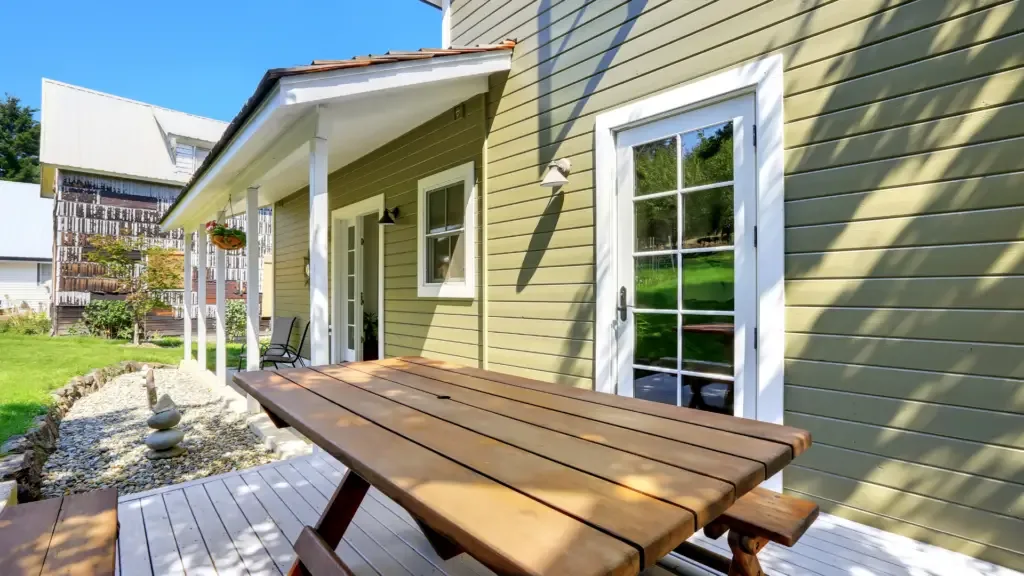
Advantages and Disadvantages
When it comes to choosing the right type of siding for your house, it’s important to consider the advantages and disadvantages of each material. In this section, we’ll briefly discuss some of the pros and cons of various siding options.
Wood Siding
Pros:
- Environmentally friendly: Wood is biodegradable, renewable, and does not emit pollutants during the manufacturing process.
- Increased resale value: Compared to vinyl siding, wood is more likely to boost your home’s resale value.
Cons:
- Maintenance: Wood siding requires regular maintenance, such as painting or staining, to prevent rot, insect damage, and weathering.
Vinyl Siding
Pros:
- Low maintenance: Vinyl siding requires little maintenance and can be easily cleaned with soap and water.
- Affordability: Vinyl is often less expensive than other siding materials, making it a cost-effective option for many homeowners.
Cons:
- Reduced resale value: Vinyl siding may not add as much value to your home as some other materials, like wood.
- Potential for damage: Vinyl siding can be prone to cracking, especially in extreme temperatures or when impacted by heavy objects.
Metal Siding
Pros:
- Durability: Metal siding is highly resistant to rot, insects, and fire, making it a long-lasting option.
- Energy efficiency: Metal siding can help reduce your energy bills by reflecting heat away from your home’s interior.
Cons:
- Susceptibility to rust: Even with rust-repellent coatings, steel siding can be prone to rust over time.
- Cost: Metal siding is typically more expensive than vinyl and can be more challenging to install, increasing labor costs.
In summary, each type of siding comes with its own unique set of advantages and disadvantages. Consider the material’s environmental impact, resale value, maintenance requirements, and overall appearance when making your decision.
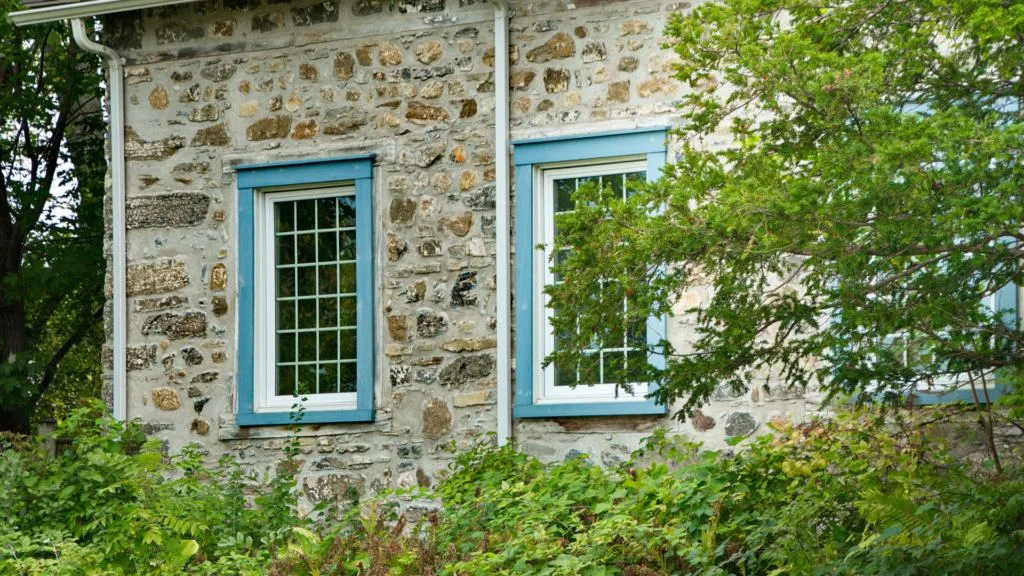
Factors to Consider
When choosing a type of house siding, there are several factors you should consider to ensure the best decision for your home. This section will cover curb appeal, energy efficiency, durability, maintenance, and cost.
Curb Appeal
The appearance and aesthetics of your siding play a huge role in the overall look of your home. Consider the colors and architectural style of your property when making your decision.
House siding comes in a range of materials and finishes, so make sure to explore all available options to enhance the curb appeal of your home.
Energy Efficiency
Another important factor to think about is insulation. Better insulated siding can reduce energy costs by retaining heat in the winter and keeping your home cool in the summer.
Some options to consider for improved energy efficiency include:
- Insulated vinyl siding with EPS layer
- Fiber cement
- Engineered wood
Keep in mind that using siding alone won’t guarantee optimal insulation, but it can enhance your home’s overall energy efficiency.
Durability
When selecting house siding, durability should be a major consideration. Look for materials that can withstand your region’s weather conditions, as well as those that offer long-lasting performance.
Some common and durable siding materials include:
- Vinyl
- Wood (pine, spruce, cypress, Douglas fir, cedar, or redwood)
- Fiber cement
- Metal
- Brick
- Stone
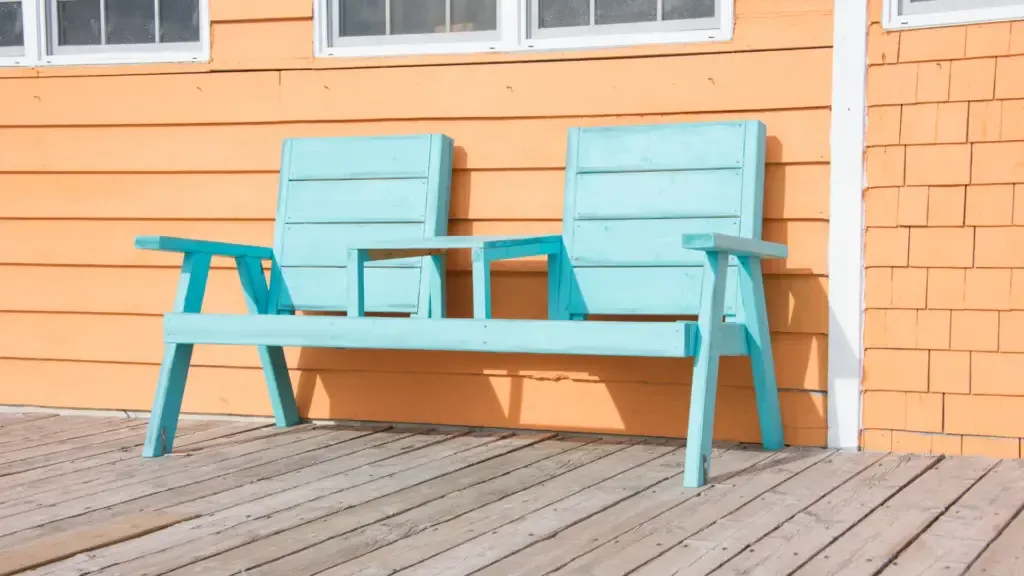
Maintenance
The level of maintenance required for your siding should also influence your decision. Some materials may demand more maintenance than others, affecting the time and cost required to keep it looking its best.
Compare the following options:
- Low maintenance: vinyl, brick, stone, metal, fiber cement
- Moderate to high maintenance: wood, wood shingle, engineered wood
Cost
Lastly, consider the cost of your siding. This includes both the initial cost of materials and installation, as well as the long-term costs associated with maintenance, repairs, and replacements.
Here’s a quick overview of average cost per square foot for some common siding types:
- Vinyl: $3 to $7
- Wood: $5 to $10
- Fiber cement: $5 to $9
- Stucco: $9 to $12
- Brick veneer: $3 to $10
- Stone veneer: $10 to $15
Taking all these factors into account will help you determine the most suitable siding option for your home’s needs and your personal preferences.
Installation and Repair
When it comes to house siding installation, the process varies depending on the material. Vinyl and wood siding are lightweight and relatively easy to install.
For fiber cement siding, the installation process is somewhat similar to engineered wood siding, but it requires more care due to its heavier nature and susceptibility to cracking if mishandled.
To ensure a proper installation, it’s a good idea to hire professionals who have experience with the specific siding material you’ve chosen. This way, you can be confident your new siding will be installed correctly and efficiently.
When it comes to repairs, you may face issues such as holes, dents, or other damage to your siding. Fortunately, many of these issues can be resolved quickly and affordably.
For example, you can use a new generation of wood fillers, hardeners, and epoxies to fill holes and strengthen soft spots, ensuring your siding remains as strong as the original material.
For more extensive damage, you might need to replace the affected siding boards. When replacing boards, use a homemade “reveal set” jig to match the reveal of the existing siding.
The courses should overlap by at least 1 inch. Replace siding by working from the bottom up, and you might need a helper for this task.
Attach the siding with 10d galvanized box nails driven into the overlap, at least 1/2-inch above the bottom edge.
In case you’re not confident in your DIY skills or the damage is extensive, it’s best to consult with professionals who specialize in siding repair.
They can assess the damage, recommend the right approach, and perform the necessary repairs to ensure the longevity and curb appeal of your home.
Remember, proper installation and timely repairs are essential to maintaining the appearance and value of your home, so don’t hesitate to reach out to professionals when needed.
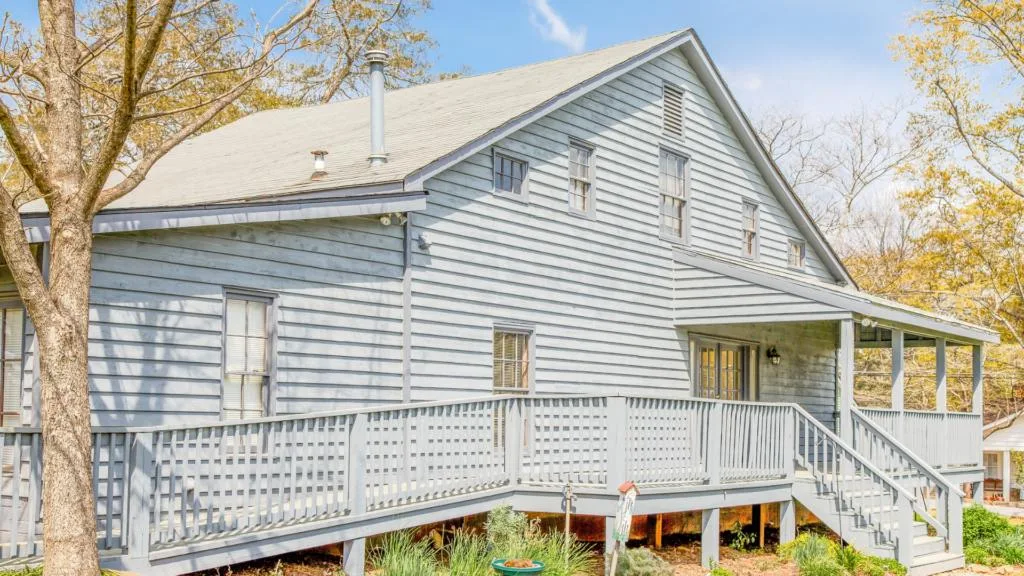
Siding Materials and Lifespan
When choosing siding for your home, it’s essential to consider the durability and expected lifespan of various materials. The following paragraphs will provide a comparison of some common siding options, including their general lifespans:
- Wood Siding: Pine and cedar are the two primary wood species used for exterior siding, with cedar being more resistant to rot and insects. Lifespans can vary, but cedar siding typically lasts 20-40 years depending on maintenance and climate.
- Vinyl Siding: Made from polyvinyl chloride (PVC), vinyl siding is a popular option due to its affordability and low maintenance requirements. Most products come with warranties starting at 25 years, but well-maintained vinyl can last around 40 years.
- Metal Siding: Durable aluminum and steel siding options have expected lifespans of up to 50 years. Warranties for metal siding typically start at 35 years and can extend longer, offering you more peace of mind.
- Fiber Cement Siding: This material is known for its durability and low maintenance, with a lifespan of around 50 years. It’s resistant to extreme weather conditions and requires minimal upkeep.
- Imitation Brick or Stone Siding: These siding options can provide a similar aesthetic and durability to actual brick or stone, requiring little maintenance and offering warranties of around 30-50 years.
Keep in mind that while some materials may have longer lifespans, they may require more investment upfront. To protect your investment, consider the warranties offered by manufacturers.
For example, a 50-year warranty or even a lifetime guarantee can be expected from certain high-quality siding materials.
In summary, weigh the lifespan, warranties, and maintenance requirements of various siding materials when making your decision. Choose the ideal material that fits your preferences, climate, and budget to ensure a long-lasting, beautiful exterior for your home.
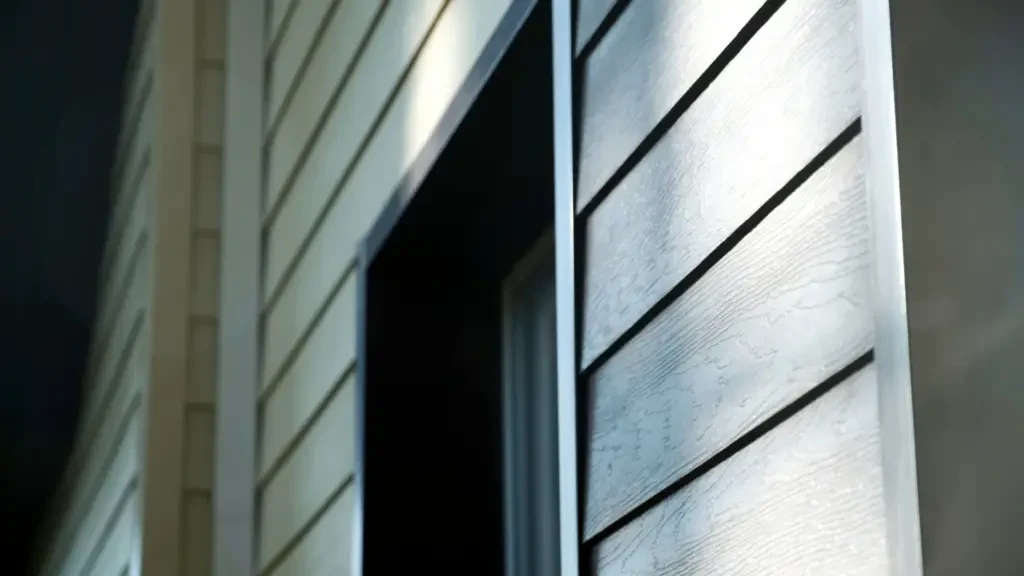
Eco-Friendly and Fire-Resistant Options
If you’re looking for siding options that are both eco-friendly and fire-resistant, consider these materials for your home:
- Cedar siding is a high-ranking eco-friendly choice, as it is lightweight, moisture-resistant, and repels insects. It’s also less expensive to transport than other siding options due to its lighter weight.
- Metal siding, such as aluminum or steel, is not only fire-, bug-, and mold-resistant, but also an eco-friendly option due to the availability of recycled materials. Keep in mind that aluminum can dent easily, and both aluminum and steel might produce noise during rain and hailstorms.
Some other eco-friendly and fire-resistant siding options include:
- Fiberglass-based asphalt shingles are an economical choice for roofing and siding. As the most common residential roofing material in the U.S., they provide a good balance of affordability, durability, and fire resistance.
- Stucco siding has come a long way from the basic white and dirty old stucco of the past. Nowadays, stucco is available in various colors and textures, making it a stylish, eco-friendly, and fire-resistant option for your home.
To summarize, the available eco-friendly and fire-resistant siding options for your home include cedar siding, metal siding (aluminum or steel), fiberglass-based asphalt shingles, and stucco siding.
When considering these options, also take into account their water resistance and durability to ensure you are making the best choice for your home’s specific needs.

